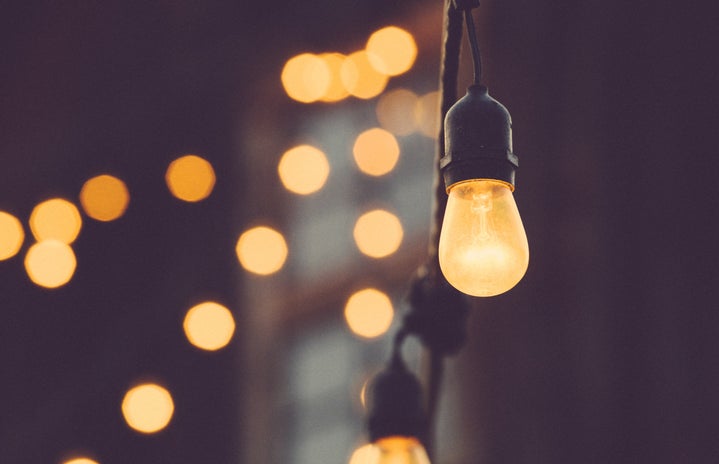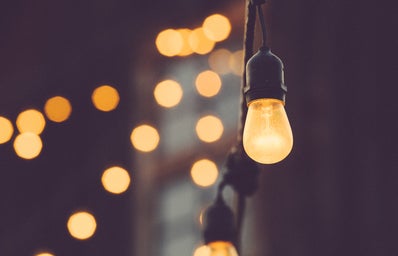Initially coined in the late 1950s to describe the abstract visions of artists, the modern-day definition of minimalism has given people the idea of achieving happiness by living with less. Just as The Minimalists described, it gives us the “Freedom from fear. Freedom from worry. Freedom from overwhelm. Freedom from guilt. Freedom from depression. Freedom from the trappings of the consumer culture we’ve built our lives around. Real freedom.”
However, the trend of minimalism as an aesthetic has spiraled out of control in recent years. For many self-proclaimed minimalists that exists on social media today — who hold massive power over the consumer culture — the lifestyle means buying expensive pieces of furniture, jewelries, and clothing items that are multifunctional. Sometimes, it’s the idea of layering white on white on white in different textures without getting more use out of these fabrics. This spurs a bigger problem, as using minimalism as a style merely replaces one form of conspicuous consumption with another.
There is nothing inherently wrong with owning material possessions or assigning meanings to them. However, the core of minimalism, at the very least, proposes the idea that we focus less on our things and to get rid of the excess in favor of what’s important.
Image Source: Renata Fraga
Granted, the idea of practicing minimalism shouldn’t be constricted by style, budget, or the ways corporations are communicating the idea of minimalism. Many individuals were born in situations where being minimal isn’t a choice, but a structural reality. With hefty price tags often attached to minimalist-branded objects, corporations are profiting on the philosophy that you pay more to own less. In the minds of the consumers, paying more often correlates to better quality, which in many cases isn’t true. The theory of “correlation doesn’t equal causation” applies.
For those who have the luck of being on the fortunate side, we need to see that minimalism can offer so much more than a monochromatic wardrobe. Perhaps minimalists are hoarding fewer items, but are they buying into the idea of creating status via overly priced, simple items? If you are not in the place to afford them, does that rid you of the possibility of embracing yourself as a “minimalist?”
Image Source: Nathalie Jolie
Minimalism as a mindset trains us to identify what we need and don’t. It helps us make purposeful decisions and critically assess our consumption choices amidst eye-catching billboards that tell you exactly why you need the newest upgrades. Let it be a guide, not a mere stylistic choice. And above all, let’s remember to always love people and use things — not the other way around.



